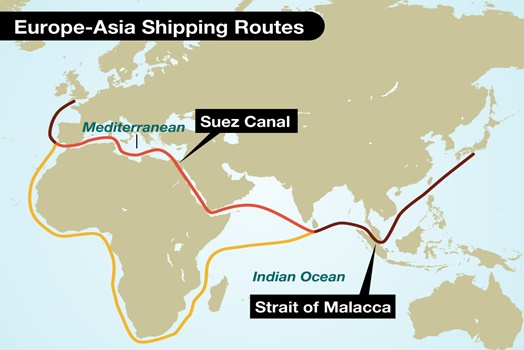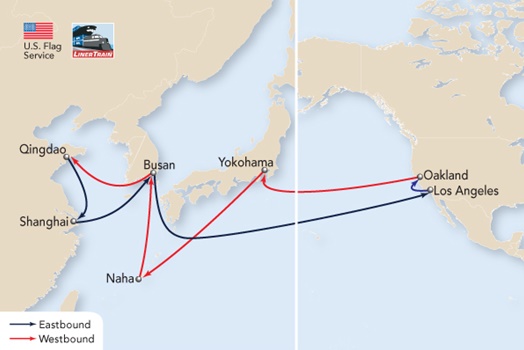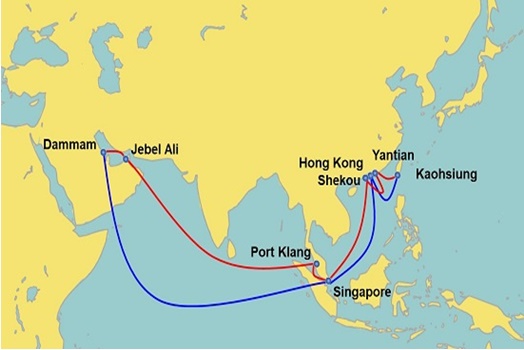Navigating Global Trade: How Ports & Routes Shape International Shipping
Global trade is like the engine that keeps the world economy running, and at the heart of it are the ports and shipping routes that make everything flow smoothly. When it comes to moving goods across the globe, choosing the right ports and routes isn’t just about logistics—it’s about saving money, cutting down on transit times, and making sure everything arrives when and where it’s supposed to. This is why understanding the ins and outs of key ports and major shipping routes is crucial for any business involved in international trade.

Key Ports Around the World
Ports are the gateways that connect global markets, and some of them play a particularly big role in keeping trade moving.
Take Singapore Port, for example. This port is a powerhouse in the world of shipping. It’s located right at the crossroads of major global shipping lanes, making it the busiest transshipment hub on the planet. If your goods are traveling between Asia and Europe or the Americas, chances are they’ll pass through Singapore at some point. The port’s advanced facilities and super-efficient operations make it a go-to choice for shippers worldwide.
Over in Europe, Rotterdam Port is another giant. It’s not just the largest port in Europe; it’s a key gateway to the entire continent. Rotterdam’s strategic location in the Netherlands means it’s perfectly placed to connect with the industrial heart of Europe. The port’s top-notch infrastructure allows it to handle the biggest container ships, making it a vital link in the global supply chain.
Across the Atlantic, Los Angeles Port stands as the busiest container port in the Americas. Situated on the West Coast of the United States, it’s the main entry point for goods coming from Asia. With its extensive facilities and cutting-edge technology, Los Angeles Port is crucial for ensuring that the flow of goods between Asia and North America remains steady and efficient.
And let’s not forget about Shanghai Port, the world’s busiest port by cargo throughput. Located on the coast of China, Shanghai is a major hub for goods moving in and out of Asia. Its massive scale and strategic location make it a key player in the global trade network.
Shenzhen Port in China is another major player. It’s one of the busiest and most important ports in the Pearl River Delta, serving as a critical gateway for trade between China and the rest of the world, particularly North America and Europe.
In South Africa, Durban Port is the busiest in the African continent. Durban is crucial for trade with Africa and the rest of the world, especially for goods traveling between Asia and Europe. Its location on the Indian Ocean makes it a strategic point for shipping routes connecting multiple continents
Bangkok Port in Thailand is key for trade in Southeast Asia. It’s not as large as some of the other ports, but its strategic location makes it vital for goods moving within the ASEAN region and beyond
Ho Chi Minh City Port in Vietnam is another crucial port in Southeast Asia, playing a significant role in the region’s economic growth. It connects Vietnam’s booming manufacturing sector with markets in North America, Europe, and Asia.

Port Klang in Malaysia is one of the busiest ports in Southeast Asia, serving as a major gateway for trade into and out of Malaysia. It’s strategically located on the Straits of Malacca, one of the most important shipping lanes in the world, making it vital for regional and global trade.
Pasir Gudang Port in Malaysia is another key port, especially for industrial cargo. Located in Johor, it plays a significant role in Malaysia’s import and export activities, particularly for the southern region of the country.
Penang Port in northern Malaysia is crucial for trade in the Andaman Sea and surrounding regions. It supports Malaysia’s northern industrial areas and serves as a hub for goods moving to and from Thailand and other parts of Southeast Asia.
Popular Shipping Routes
Just as important as the ports are the shipping routes that connect them. These routes are the lifelines of global trade, linking markets across vast distances.
One of the most critical routes is the Asia-Europe Route. This route typically passes through the Suez Canal and connects the manufacturing powerhouses of Asia with the consumer markets of Europe. Whether it’s electronics, textiles, or automotive parts, this route is essential for getting products from Asian factories to European store shelves.
The Trans-Pacific Route is another heavyweight in global trade. It connects Asia with North America, facilitating the flow of consumer goods, machinery, and raw materials between some of the world’s largest economies. Ports like Yokohama, Busan, and Long Beach are key stops along this route, ensuring that goods move efficiently across the Pacific.
Then there’s the Asia-Middle East Route, which is crucial for the transport of energy resources and consumer goods between Asia and the Middle East. Ports like Dubai’s Jebel Ali and Mumbai Port play significant roles in this route, acting as vital links in the global supply chain.
These routes are more than just lines on a map—they’re the arteries that keep global trade alive and kicking. The efficiency of these routes directly affects everything from the cost of goods to how quickly they can be delivered.
In the fast-paced world of global trade, picking the right ports and routes can make all the difference. For businesses navigating international markets, understanding the role of key ports like Singapore, Rotterdam, Los Angeles, and Shanghai, Yantian , Bangkok , Durban , Ho Chi Minh ,Port klang, Pasir Gudang ,Penang port along with the major shipping routes that connect them, is vital for staying competitive. By making smart choices about where to send your goods and how to get them there, you can reduce costs, speed up deliveries, and keep your supply chain running like a well-oiled machine. As global trade continues to evolve, staying on top of these critical elements will be the key to thriving in the international marketplace.
Want to stay ahead in the fast-paced world of global trade? Subscribe to our newsletter for the latest insights on ports, routes, and supply chain strategies.”

You may also be interested in

War Risk & Strike Insurance: Shield Your Shipments
War Risk & Strike Insurance: Shield Your Shipments From the Red Sea crisis to European port strikes, the global shipping industry is experiencing unprecedented turmoil.While
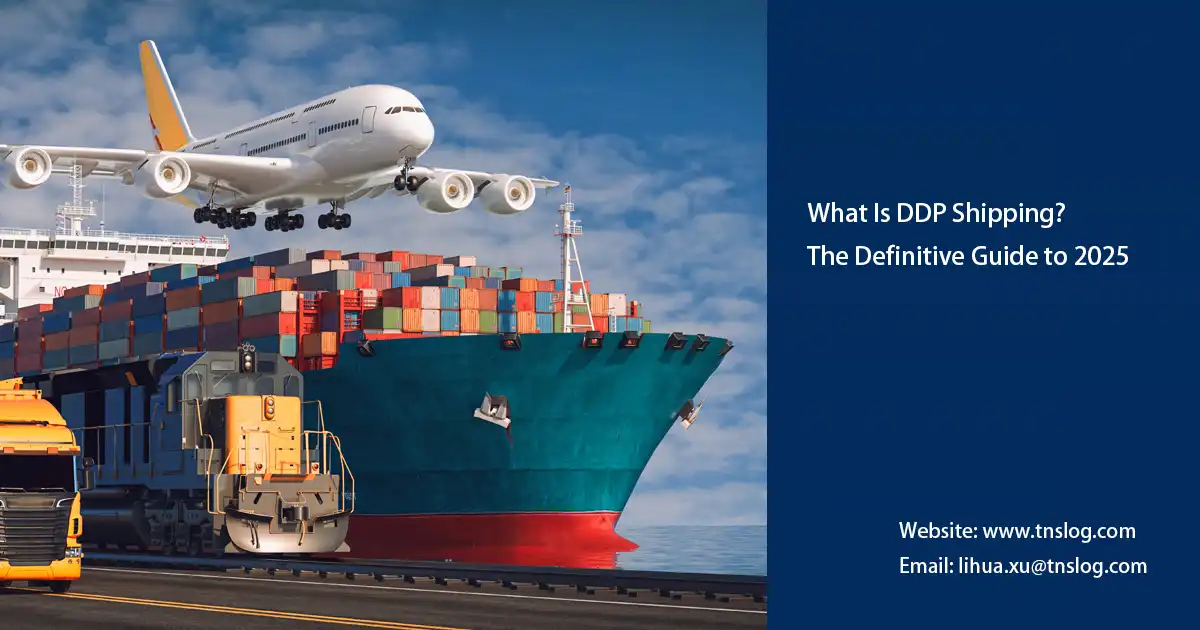
What Is DDP Shipping? – Delivery Duty Paid
What Is DDP Shipping? – Delivery Duty Paid Delivered Duty Paid (DDP) shipping is a buyer-friendly Incoterms® rule that transfers all risks and costs to
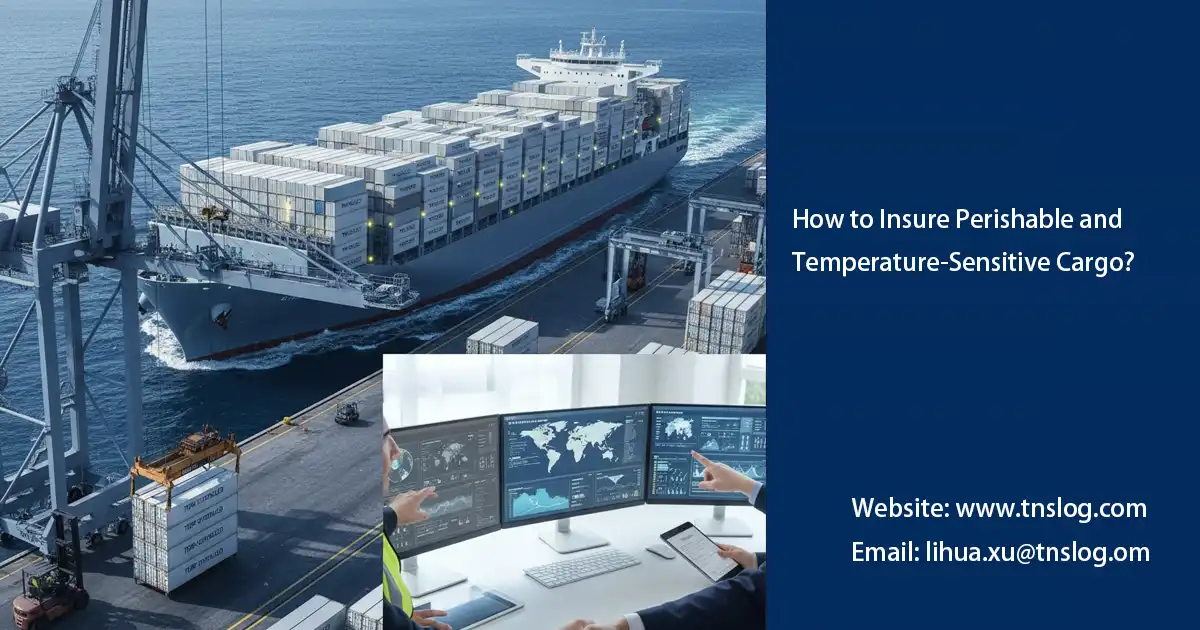
How to Insure Perishable and Temperature-Sensitive Cargo?
How to Insure Perishable and Temperature-Sensitive Cargo? Shipping perishable and temperature-sensitive cargo, such as fresh produce, seafood, frozen foods, and pharmaceuticals, carries unique challenges that
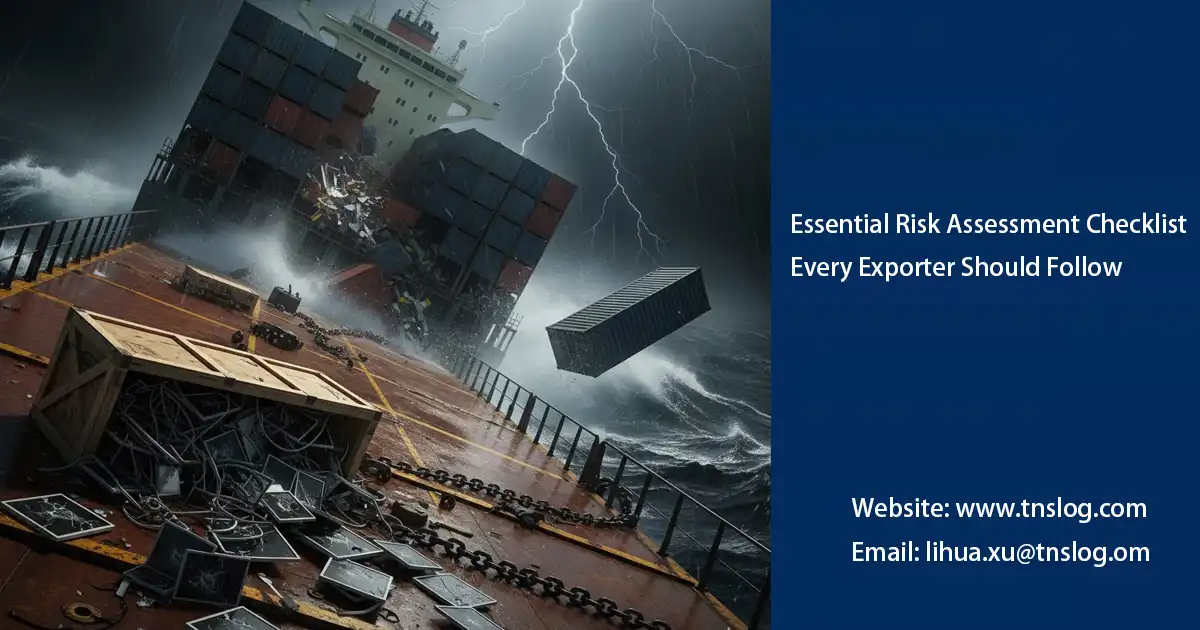
Essential Risk Assessment Checklist Every Exporter Should Follow
Essential Risk Assessment Checklist Every Exporter Should Follow Exporters face a narrow margin for error: one paperwork mistake, an under-insured shipment, or poor packaging can











